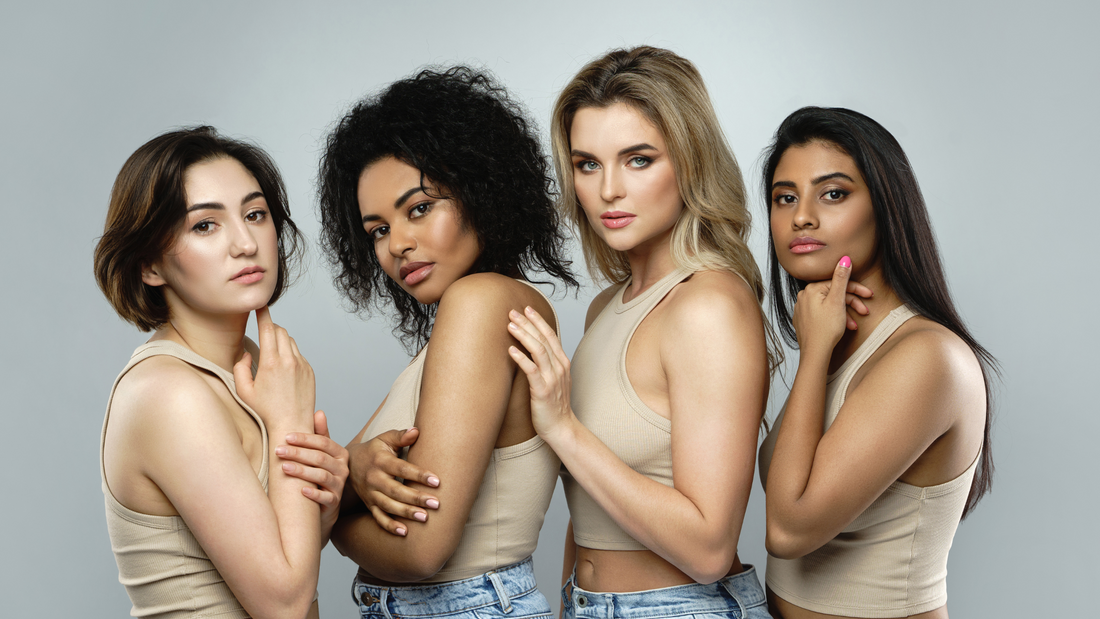
Undertones Explained
Share
Do you have blue or yellow undertones? What does this mean? Keep reading to get the answers to your burning questions about human coloring.
Human Coloring is Blue-Based or Yellow-Based

Have you been told you either have cool or warm undertones? What does this mean, and how can you know? Learning the truth about how human coloring works caused me to shift away from seasonal color analysis and outdated color theory to proven color science. This proven color science isn't actually new, and I have now returned to the original roots of personal color analysis thanks to my continued efforts of research of the field I have been part of for the past 18-plus years.
Personal color analysis and professional color consulting (including interior design, textile design, and cosmetics) began with an artist named Robert Dorr in the 1930s. He discovered that all human coloring is either blue-based or yellow-based and developed a system for analysis around this. He conducted many experiments using a spectrophotometer (a precise instrument that measures color) to confirm his theories. You can read more about Mr. Dorr and his color system here.
The Blue-Based/Yellow-Based color system, or Color Key Program as he originally called it, is not based on seasons or personality traits. The lightness or darkness of your coloring, race, or ethinicity does not affect which color category you fit into. It is soley based on your understones, which come from your genetics.
It is also not a cool/warm color system since each color category, or spectrum, contains both. The exceptions are orange and magenta because orange can never be blue-based, and magenta can never be yellow-based.
What is Blue-Based Skin?
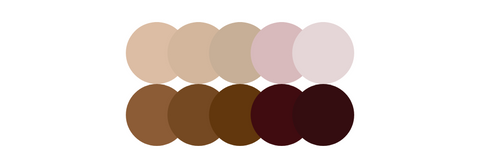
Me telling you that your skin tone has a blue undertone is probably confusing. Are you looking at your arm right now, thinking - "Where's the blue???" Don't worry, I will explain.
Blue-based skin tones, often called cool, are primarily made up of eumelanin. It is one of the two types of melanin present in our skin, hair, and eyes. It ranges from bluish black to brown. So, blue-based skin tones contain more bluish-black or brown eumelanin than yellow or orange pheomelanin. Hence the pink, red-violet, or grayish violet cast it tends to have. It can also have an olive cast on the surface.

Bluish black melanin combined with small amounts of yellow melanin results in a greenish yellow tint to the skin. It often has a red or pink undertone beneath it, even if it is hard to see. And yes, pale olive skin does exist. The lightness or darkness of your skin has no bearing on its undertone.
What is Yellow-Based Skin?
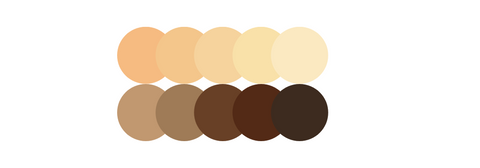
It's what it sounds and often looks like. Skin that contains more pheomelanin, which is yellow, red, or orange, is considered yellow-based or "warm." If your skin is ivory, peach, orange-beige, golden beige, or bronze, your skin is yellow-based. Again, your skin can be very light or dark.

What About Eye Color?
Eyes are one of the best ways to tell if your coloring is blue-based or yellow-based. Skin tones can be tricky, because the undertone is not always obvious. Our eyes are more colorful, and the hues easier to spot.
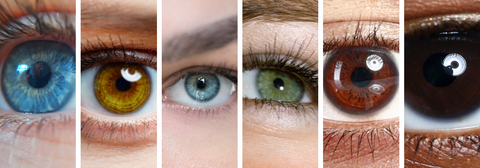
Blue-based eyes contain the following colors -
- Blue, aqua, blue-green
- Blue-based hazel eyes contain a combination of reddish brown, blue, blue-green, aqua, or lemon yellow.
- Brown eyes are reddish brown, brick red to a pure black.
- The halo around the iris often contain deep violets or blue.

Yellow-based eyes have the following colors and appearance -
- Gray-blue (can have a distinct cyan tone)
- Yellow-green, gray-green
- Golden or yellow-brown, orange-brown, bronze, or black-brown
- Yellow-based hazel eyes have golden, orange or bronze brown mixed with yellow-green or gray-blue.
- The halo around the iris often contains grayed purples or blues.
Is Hair Color Blue-Based or Yellow-Based?
Yes! Hair contains melanin, so depending of the ratio, it is also blue-based or yellow-based. It can be any color and any depth level. Here is what sets them apart.

Blue-Based Hair -
- Platinum blonde, ash blonde, pinkish blonde, lemon blonde (not reddish or golden)
- Ash brown, chestnut brown (can be light or dark with rose gold, red, or red-violet highlights)
- Auburn or chestnut red (more pink than orange)
- Black (pure or bluish)
- Blue-gray, silver-gray, steel-gray, or white
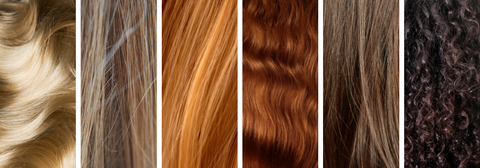
Yellow-Based Hair -
- Golden, strawberry, or copper blonde
- Orange or rust-red (light or dark)
- Golden, copper, or bronze brown (can be light or dark)
- Black-brown or red-black (softer than a pure black with no bluish or silver cast)
I hope this information has been helpful and given you more insight on your natural coloring and undertones. If you are looking for more hair color advice, you can find it in my previous article.
